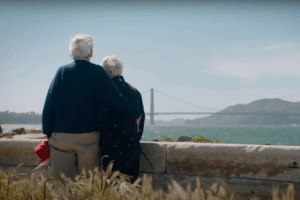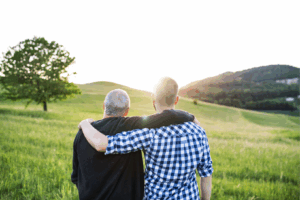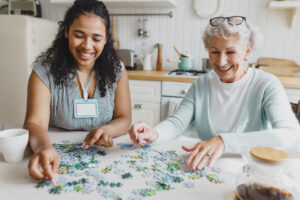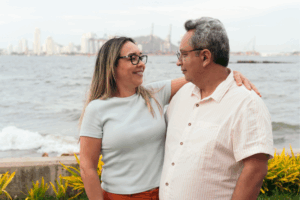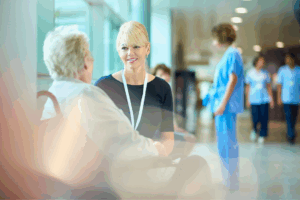Seniors tend to face challenges during the winter months that younger people or those in better health tend not to ponder. Slip and falls due to wet conditions often top this list since many seniors have trouble with mobility. Hypothermia is often a very real risk since numerous elderly people have trouble paying their heating bills or suffer from decreased circulation.
However, there is a condition that is just as hazardous to a senior’s health as any physical danger – Seasonal Affective Disorder (SAD). But with the right treatment and support, it is possible for caregivers to alleviate their loved one’s symptoms and help keep them safe.
What is Seasonal Affective Disorder?
It’s easy to write off SAD as just the winter blues or a case of the “blahs.” After all, many people are at their lowest mood in winter, when outdoor conditions are at their most extreme. However, SAD is more than just feeling down because it’s winter. It’s a serious mental condition characterized by recurrent episodes of depression, usually starting in late fall that last until April or May in the northern hemisphere. During the rest of the year, the person’s mood is considered normal or even better than average. Professionals believe that the neurotransmitter serotonin may not function optimally in people afflicted with SAD.
Let there be light
Although you can treat SAD with antidepressants, you may want to try something else first – light therapy. Light therapy uses something called a light box, which is a specialized fluorescent lamp designed to mimic the effect of natural sunlight. However, unlike natural sunlight, it has a filter which blocks UV rays so that the patient’s eyes and skin are not damaged.
Although a quality light box can cost several hundred dollars, when used properly, it may help regulate the amount of serotonin in the patient’s body. The patient typically sits in front of the box for 30-45 minutes a day, usually in the morning. During this time, they can do other activities that don’t involve getting up and moving around, such as watching TV, reading a book, or talking on the phone. Natural sunlight is preferable to a light box, but if a senior is homebound, has trouble walking (especially in hazardous winter conditions), or the weather is continually overcast, this form of therapy has definite advantages.
Get moving
As with many other depressive conditions, exercise can be very beneficial to alleviate symptoms. However, many seniors suffer from limited mobility – not just in winter, but throughout the year. It helps to provide consistent opportunities for exercise – while keeping their physical condition and limitations in mind. Be sure to check with your loved one’s physician or physical therapist first, but it may be possible for them to do wheelchair aerobics, stretches, or even attend a senior day program with supervised activities.
Hire a private home health aide
The best thing about the techniques listed above is that it’s easy for family members of the elderly or professional senior caregivers who visit the home to implement them. In fact, private home care workers are in a unique position to utilize these methods. For one thing, they are available during the day, when many family members work. As such, they can fill in the gap when it comes to decreasing senior isolation, reducing the risk of SAD even further.
If you’re a senior caregiver, start addressing SAD today
It’s important to know the risk factors for SAD and whether your senior is likely to be affected. More women than men suffer from the condition, and your risk is higher if you live in a northern climate. Once you have determined that symptoms of SAD are present, talk to your senior’s physician to see if the tips above will work for your loved one. Remember – SAD is as harmful as any bodily illness, so the sooner you address it, the better!
If you are unsure how to best help an aging loved one, the trained and compassionate staff at the Institute on Aging can help you make that decision and gain the best in at-home senior care. Contact us to find out more.

